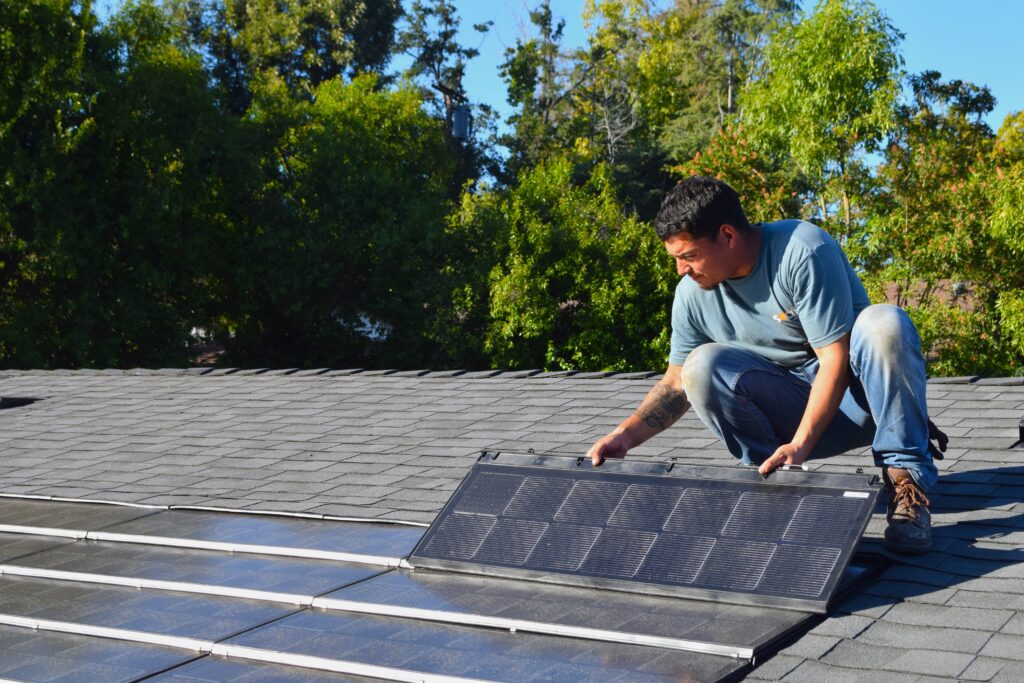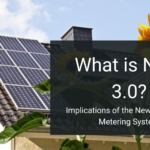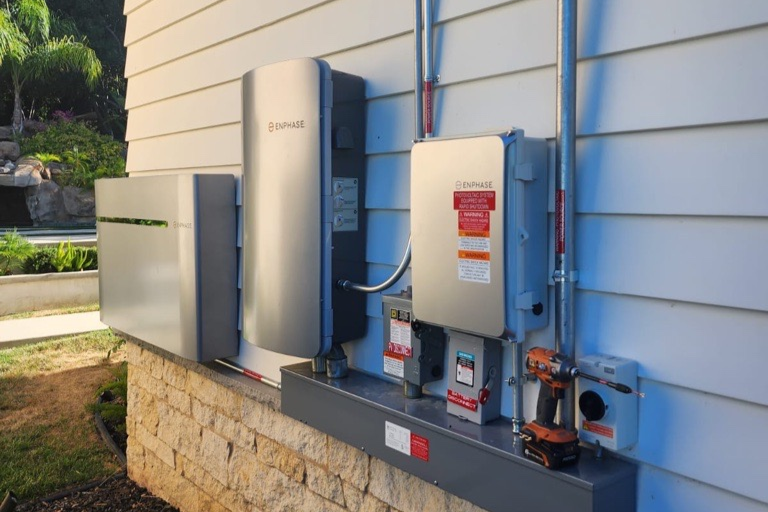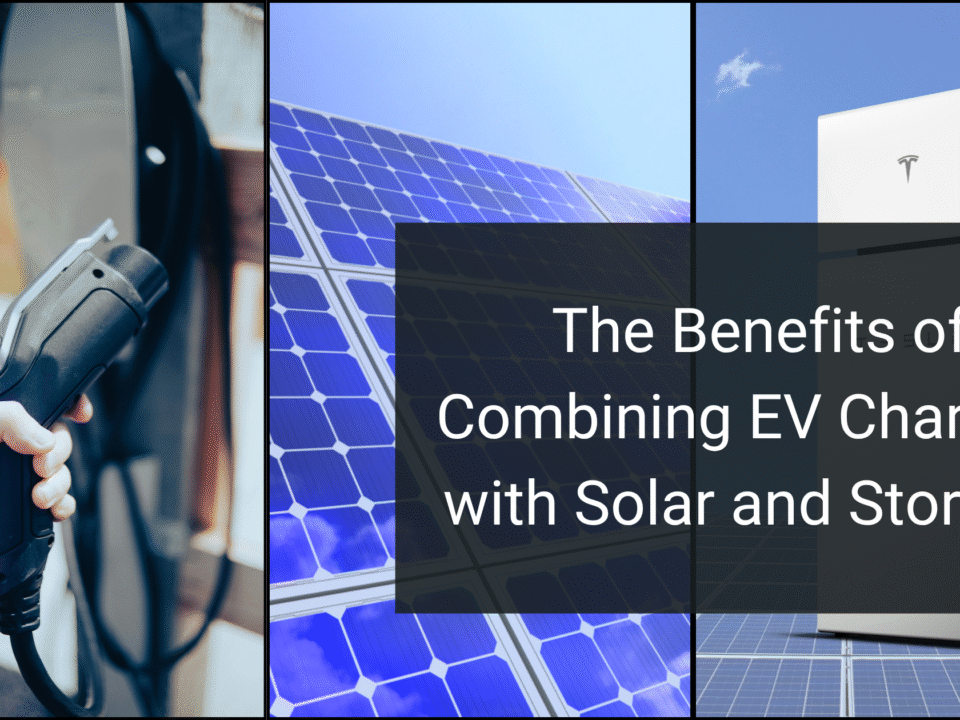Is Solar Still Worth it?
Despite all of its shortcomings, NEM 3.0 still offers many reasons to go solar. While you won’t save as much as you would have under NEM 2.0, you’ll still earn substantial savings on your monthly electric bill that you wouldn’t get by simply relying on grid power. In addition to potential financial savings, other benefits of going solar include reducing dependence on utility companies, lowering carbon emissions, and, when paired with a battery, having backup power during a blackout. Don’t let the details of NEM 3.0 distract you from the fact that going solar is still very much a wise investment.









